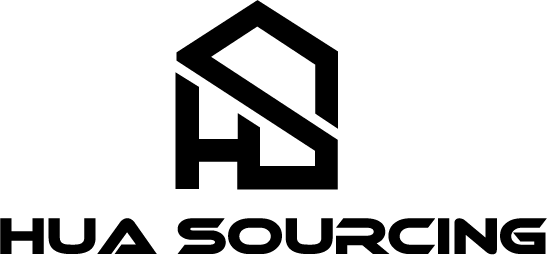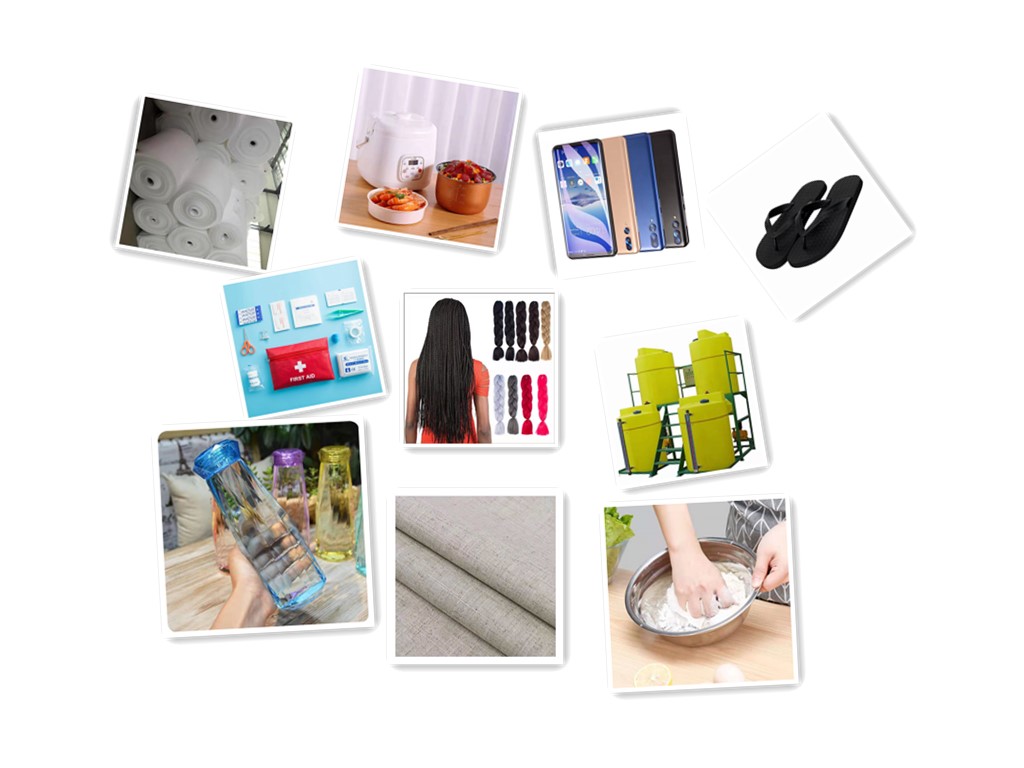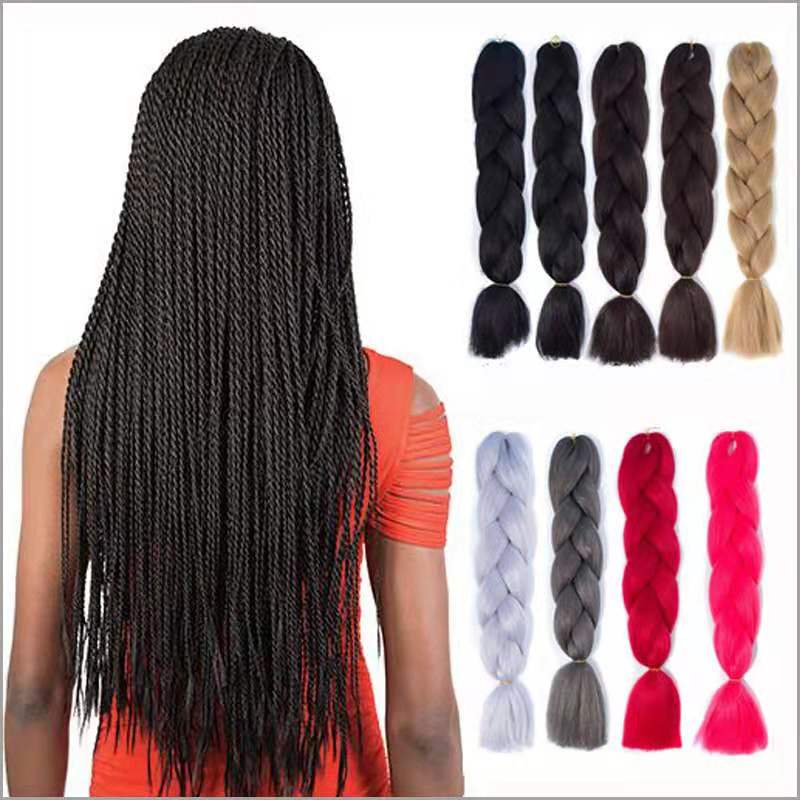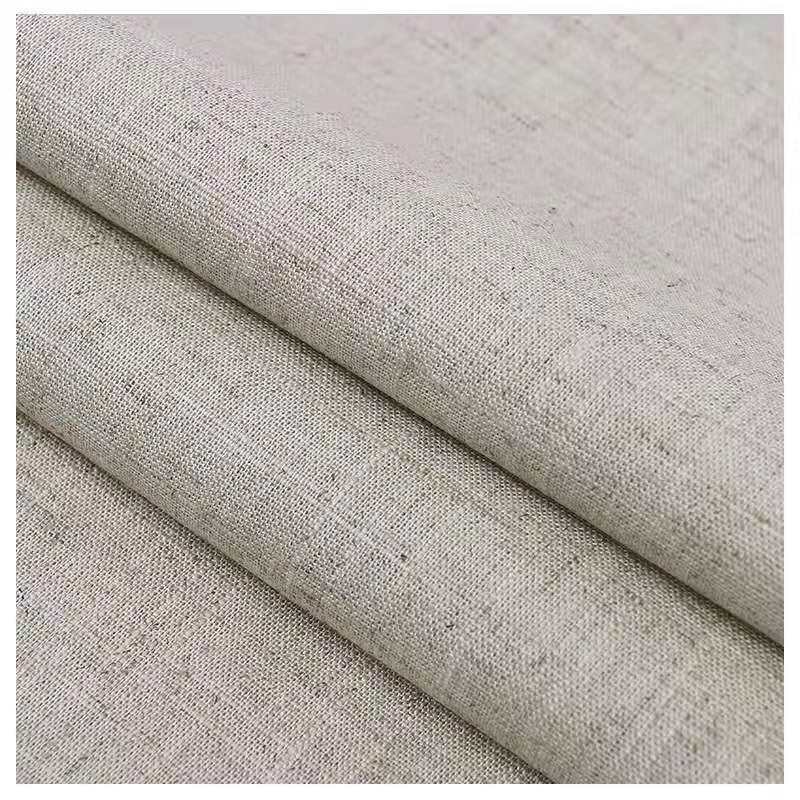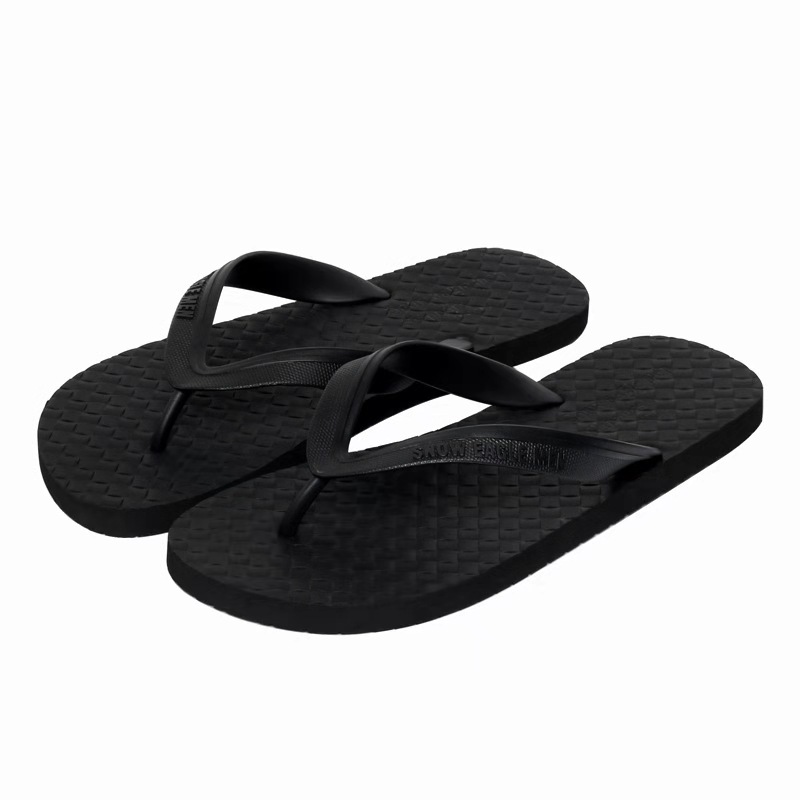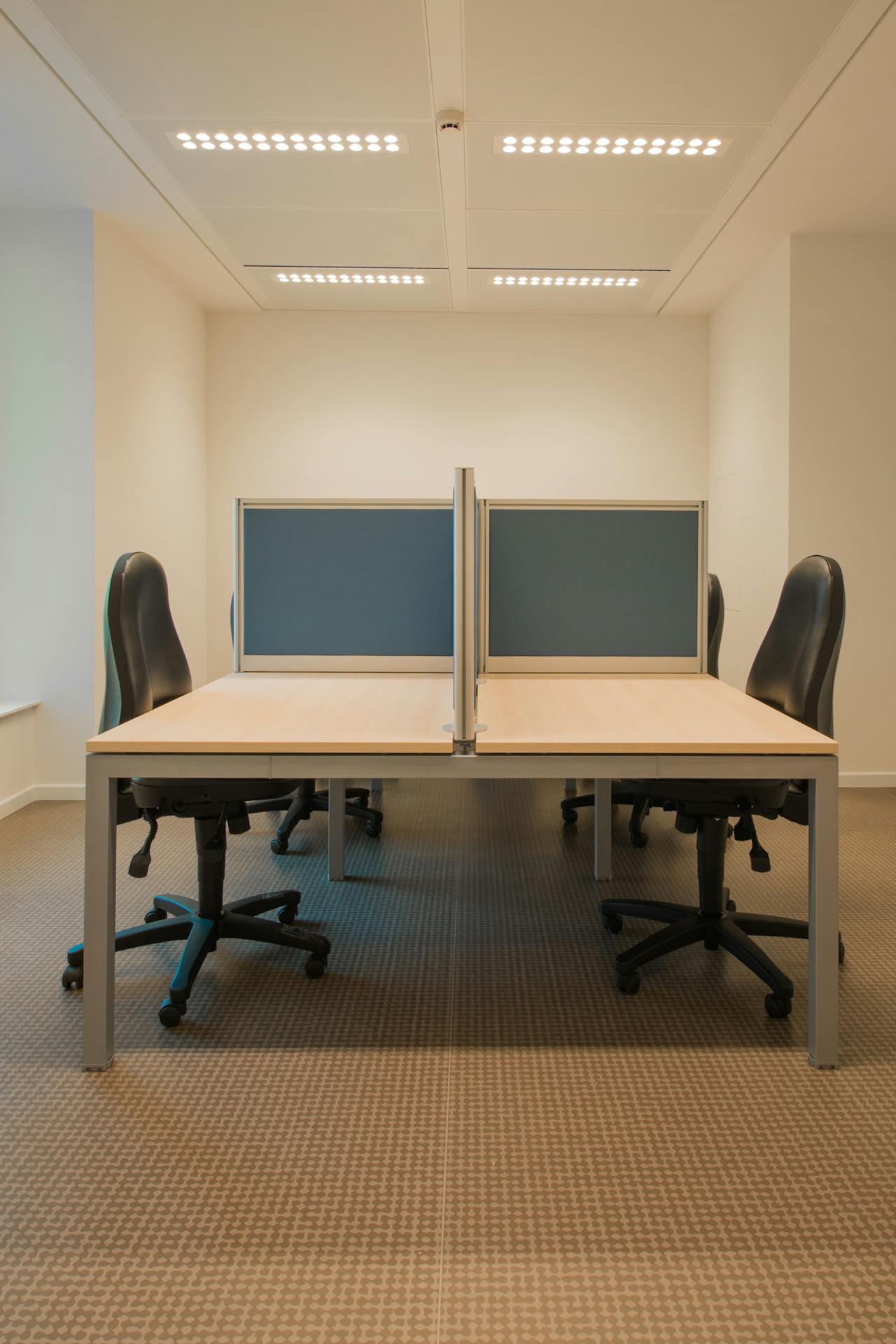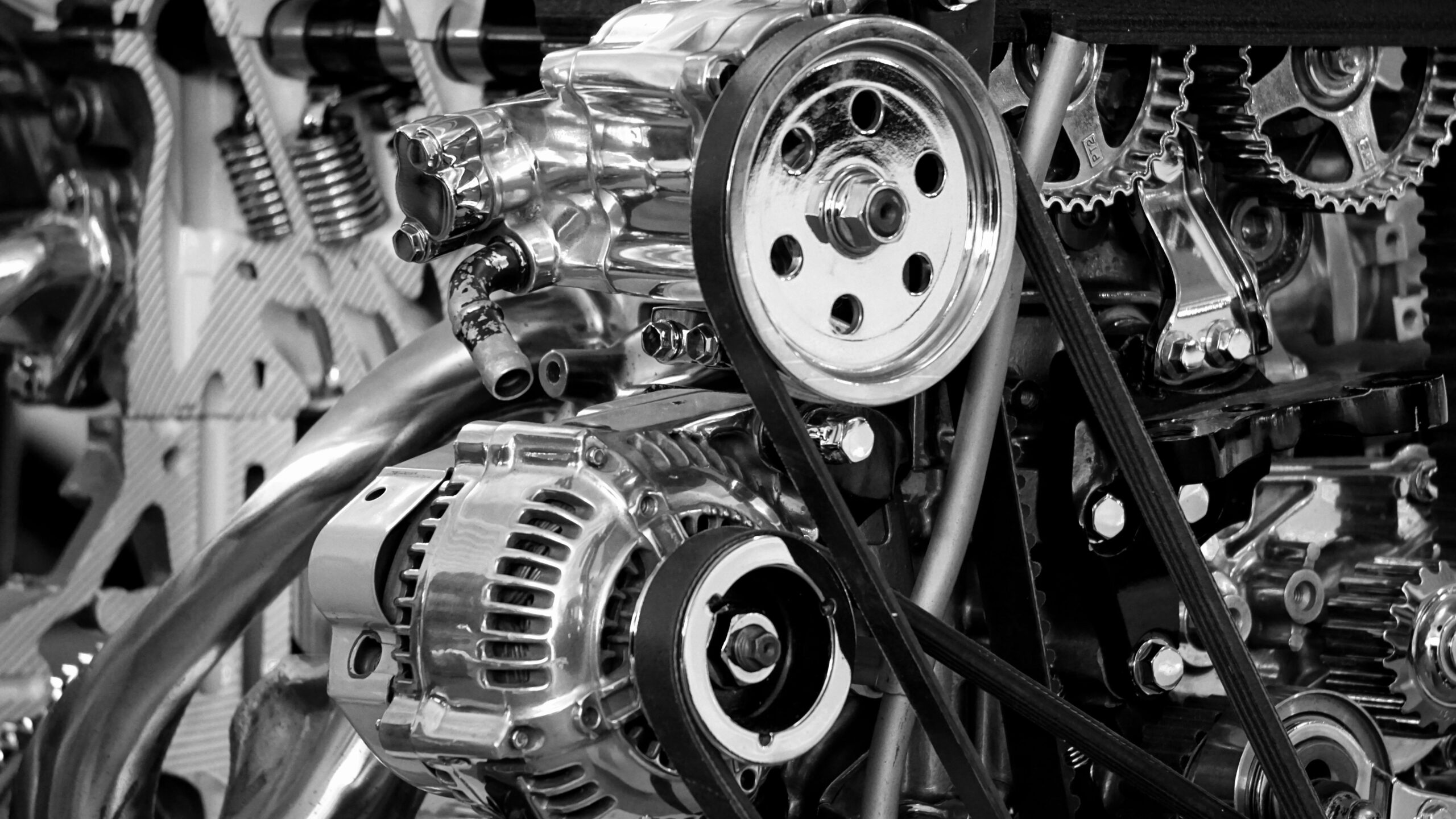What are the most popular products to import from China to Africa?
Want to import from China? Well. The demand for Chinese goods in Africa varies from different regions as well:
West Africa prefer Chinese goods with cheaper prices.
East Africa prefer famous Chinese brands.
The consumer market in Central Africa is not large, but the level of consumption is very different, forming a multi-level consumer market. It has a high-consumption market that serves the needs of international institutions, national embassies, foreign investors and local wealthy people, as well as low-cost markets that meet the needs of the majority of the poor.
North Africa favors China’s light industry and textile products. Mobile phone sets and clothing materials made in China are low-cost, high-profit small commodities for countries such as Morocco. They can satisfy the needs of local people and make huge profits.
In the southern African market, you can see Chinese goods everywhere. In some supermarket chains, many products have been changed to local brands and packaging. But they are also produced by factories run by Chinese or local Chinese.
Based on the statistics of the Ministry of Commerce of China. The total import and export trade between China and Africa reached US$170 billion in 2017, an increase of 14.1% year-on-year. Africa’s imports from China were 94.74 billion U.S. dollars, an increase of 2.7%
Here we have listed 10 categories of the most popular products to import from China to Africa in the past few years.
1, Wig, hair care products
In 2018, China exported 3.6 billion US dollars of wig products, accounting for about 80% of the global market. From the perspective of exporting countries, China’s wig sales to the United States in 2018 were US$ 1.411 billion, more than one-third of total exports. On the other hand, African wig consumption is approaching the United States. With Benin, South Africa and Nigeria ranking second, third and fourth respectively at 394 million, 376 million and 328 million.
In the African market, the frequency of wig consumption is extremely high. And the consumption cycle is relatively short. The shortest is fiber products, usually about half a month, while the longer ones are hair wigs, which lasts for half a year to a year. It is not difficult to see that the wig has the characteristics of fast-moving. Especially for black women with strong economic ability to use and purchase wigs in a long-term, high-frequency, and repetitive manner.
It is worth mentioning that the sales volume of wig products reaches a peak in October of each year, which is mainly affected by the end of the year’s carnival festival. In addition to the existing best-selling hair curtains in the peak season this year. The hair buds, chemical fiber hoods, and real people Hair wigs are also worth looking forward to import from China to Africa
2, Cloth, garments
Cotton is an important economic crop in Africa. The cultivation area is very wide, but the imperfect industrial chain is a serious injury. They lack processing power, or they can only rely on imported fabrics and even finished garments. A Chinese customer has opened a similar home base in IKEA. And the curtain fabrics imported from Keqiao and other places in Zhejiang, China are up to several hundred thousand dollars each year.
But It should be reminded that although the demand for second-hand clothes exports in Africa is still very impressive. With the continuous development of the African economy, the import of old clothes will gradually lose its advantage.
3, Packaging material
Especially mineral water labels and beverage bottle labels. Due to the scarcity of climate and water resources, mineral water and beverages are very popular, so labels such as shrink film PVC shrink label are often returned in a quarter/six-month order.
Also post-harvest losses of up to 30% due to insufficient packaging and lack of proper processing technology, and up to 70% of fruits and vegetables have to be wasted.
As stated in the African Review magazine, the business of the African packaging industry will grow substantially in the coming years.
4, Home appliances
Africa is becoming a hot spot for Chinese home appliance companies to invest and develop. Haier, Hisense, Xinke, Chunlan, Chigo and many other Chinese appliance companies have extended their reach to Africa. Or established overseas production plants, or implemented independent brand expansion, or in-depth cooperation with local enterprises. The China-Africa Cooperation Forum recently held will further trigger the investment boom of Chinese home appliance companies in Africa. On the one hand, it will deepen the intensive work and development space that has entered the African market.
In recent years, Africa’s economy has been restored. Cultural and entertainment facilities have begun to improve, television programs have begun to enrich, low-cost black and white TVs have been favored by the public. And color TV sets have become a must-have for some wealthy families. At present, the demand for television in Africa is growing at a rate of more than 16% per year. Products such as DVDs, microwave ovens, and washing machines have a limited market size and are very limited in market capacity. Although air conditioners, refrigerators and other products have a large room for development. They are subject to a period of accumulation and development due to various factors such as the period of use and product prices.
At present, among the African countries, the home appliance market has a good development foundation and has formed a certain scale and development environment. Mainly Egypt, South Africa, Central Africa, Nigeria, Algeria, Liberia, etc. The home appliance market of many other African countries are completely dependent on imports.
5, Daily necessities
The weather in Africa is hot and mosquitoes are raging. As people’s living standards improve, the demand for mosquito-repellent goods is growing. The mosquito coils, mosquito coils, toilet water, etc. are quite popular nowadays.
In the Accra market, almost all of the daily necessities are imported from China, from small toothpicks to furniture and kitchen cleaning products, to pots and pans. 70% of Ghana’s daily necessities market comes from China, such as white cat’s detergent, white laundry, Chinese toothpaste, plastic lunch boxes, Chinese-made radios, speakers, etc.
6, Electronics

Buy electronics from China
The communication market in Africa has great potential. According to statistics, the number of mobile phones in the African continent in 1998 was less than 4 million. Today, this number has reached 500 million, and this number is growing rapidly every year.
In the past, the most common mobile phone in Africa was Nokia. The locals thought it was very functional, but now they rarely see Nokia’s brand again. Most of them start using Samsung, Huawei and other brands.
The best-selling products are consumer electronics, such as mobile phones, especially low-end, well-known machines, and headphones. As we all know that music and Africans are closely related. Basically, all Africans are singing and dancing. They are very particular about this category. In addition, there are products such as smart wear and photography related products.
7, Medical products
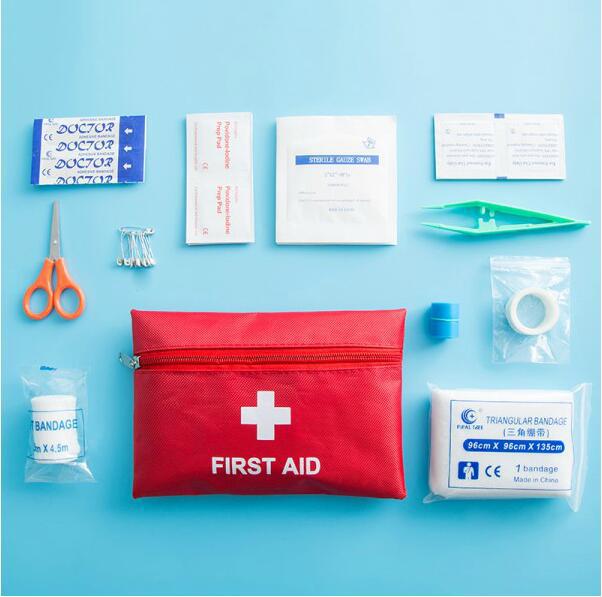
Import Medical Products from China
In recent years, the Kenyan pharmaceutical market has attracted a wide range of overseas attention. Kenya is not only a member of the East African Community but also a member of the Common Market for Eastern and Southern Africa. The Kenyan market has great potential and is the fifth largest economy in sub-Saharan Africa and the largest economy in Eastern and Central Africa, accounting for 40% of GDP in the region. By 2020, the Kenyan pharmaceutical market might reach $23 billion.
According to the analysis of the China-Africa Trade Research Center, many African countries, such as Ethiopia, are already investing in the medical and health fields. And the expenditure on medicines is increasing. This is a huge market opportunity for African business people to import from China.
8, Plastic and plastic products
The growth of the African economy is not only driven by its natural resources and minerals. But more importantly by its consumer market, which has led to an increasing demand for plastic products from mobile phones to packaging. South Africans consume about 8 billion plastic bags a year.
Also the African plastics industry has traditionally focused on the household goods and furniture industries. But recently we have seen plastics continue to increase in other areas, such as building molds for writing machines and accessories.
According to the statistics of the South African National Taxation Bureau. South Africa’s imports of plastic products and rubber from China increased by 62.4% year-on-year.
Those who know and actively participate in the African plastics market from now on will undoubtedly benefit from future economic growth.
9, Slippers
Straw shoes are not durable, and cloth shoes are too stuffy. Chinese-made plastic slippers are very popular in Africa, not only durable but also refreshing. China’s sandals are in short supply in Africa.
Tire slippers are also very tightly sold in African countries. Tire slippers are very simple to make. They use the mold to cut out the soles, the upper is put on with the strip of the tire, make a flip-flop. And there are many shoe sellers with some colored ropes and beads to decorate the shoes, making Black slippers become colorful. There are different brands of car tires. These brand names on tires are not wasted by shoe sellers. They can make branded slippers. Imagine maybe at the foot of someone in Africa, wearing Mercedes-Benz or Aston.
10, Machinery
The China-Africa Trade Research Center analyzed that with the rapid economic development and industrial transformation of African countries, machinery gaps such as mining machinery, engineering machinery, and electric machinery are huge.
Economic development and improvement of the quality of life of African people, opening up markets for processing machinery in more sub-sectors. Such as food processing machinery, vehicles and auto parts, medical machinery and pharmaceutical equipment, water purification equipment. Environmental sanitation and gardening equipment also increased further. At present, African countries are aware of the importance of public basic health, and countries are gradually increasing their fiscal expenditure on public health. The market for medical devices, pharmaceutical equipment and water purification equipment shows great market potential
Conclusion:
After reading our post about what are the most popular products to import from China. Will you give it a try to start with any of those items mentioned above? Time is money. You better hurry up! If you don’t know how to start or where to find the best sources. You can always leave us a message for free consulting tips.

